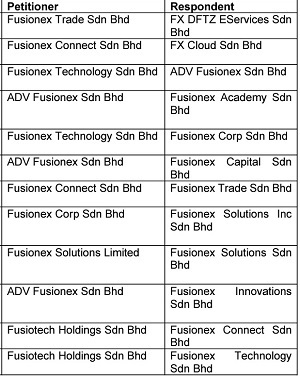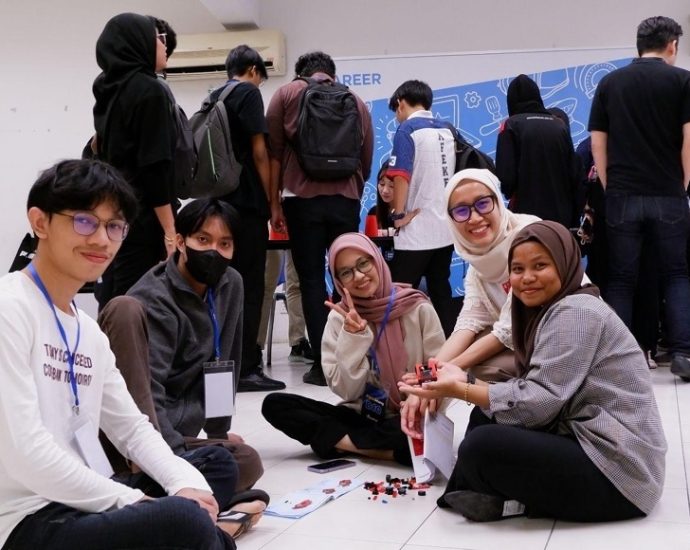Cult Creative secures US$107,500 seed funding from The Hive Southeast Asia to develop its creator collaboration platform
New business model aims to revolutionise the creator collaboration landscape
Claims to have calidated creator model with over $60,200 in payments over 12 months
Cult Creative, a Malaysian creator economy company bridging the gap between nano and micro creators, announced US$107,500 (RM500,000) in seed funding from The Hive Southeast Asia. This investment follows…Continue Reading













